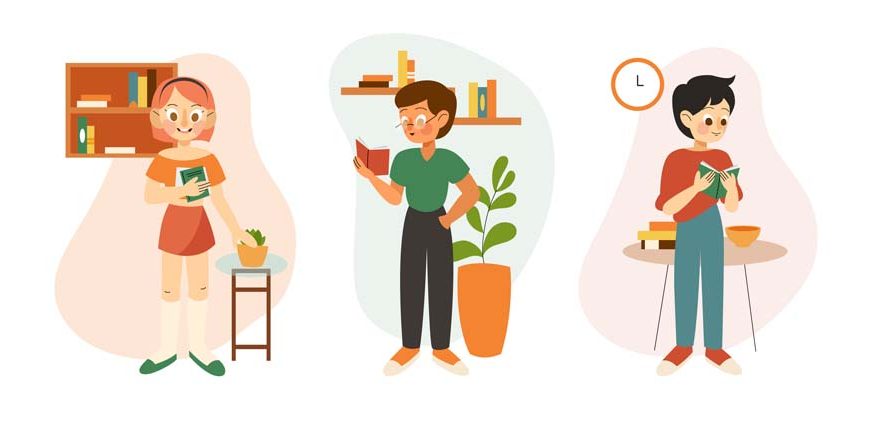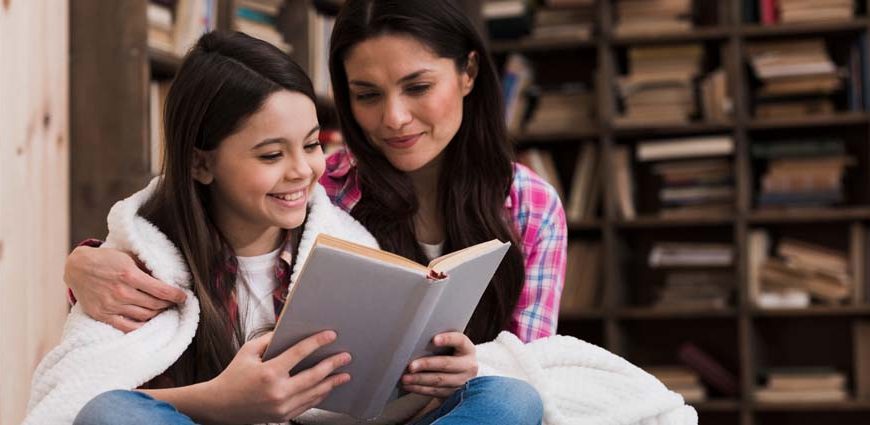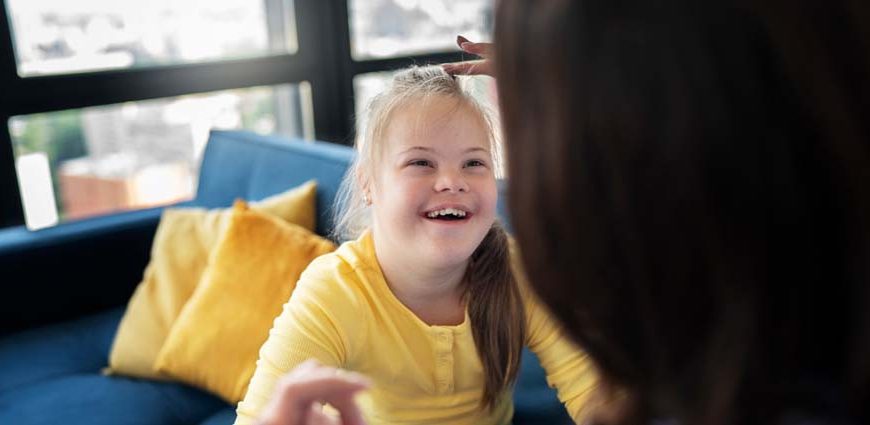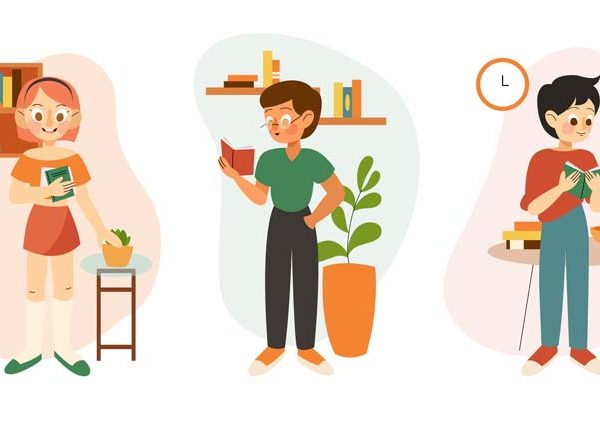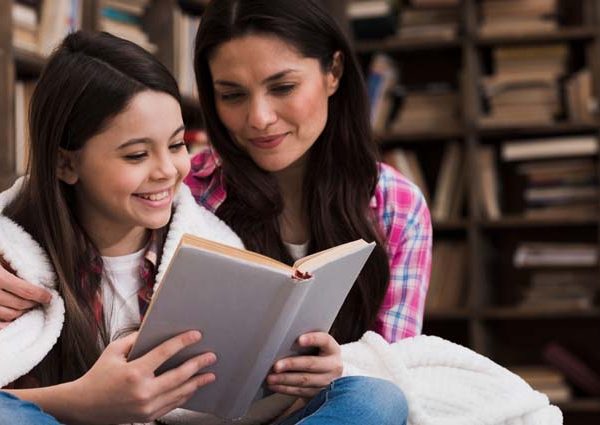The art of reading is more than just decoding words on a page. It’s about diving deep, understanding the material, and extracting knowledge from it. As parents, teachers, or caregivers, how can we encourage children not only to read but to engage actively with what they’re reading? Let’s delve into this matter.
What is the difference between active and passive reading?
When we are not attempting to engage with the content, we read passively. Some of these characteristics are opposed to what we hope to achieve with active reading.
- Approaching all texts in the same way
- Reading without focusing on the work or keeping the questions in mind.
- Always read at the same speed, without change.
- Reading the text without pausing to see if they grasp it.
- They skip everything they don’t grasp and do not return later.
If so, they may be reading passively rather than actively.
It’s easy to fall into these habits, but focusing on some of our active reading skills allows us to read more deliberately and efficiently. It also helps answer difficult reading comprehension problems in class more easily!
What is active reading?

Active reading is a cognitive process where the reader engages interactively with the text, making connections to their experiences, predicting outcomes, questioning, and interpreting the material. It is a crucial skill that fosters comprehension and forms the basis for critical thinking.
Active reading is the process of reading to comprehend and analyse a text. It is frequently referred to as “reading with a purpose”. This allows students, children, and adults of all ages to gain a broader comprehension of a text or subject. You can reread something multiple times, but it is not the most efficient approach to absorbing the information. Children can improve this by implementing one or more active reading practices.
Active reading is a dynamic and interactive approach to reading that involves much more than just sounding out words. Instead, readers actively engage with the text by questioning, visualising, predicting, summarising, and connecting with prior knowledge. It transforms reading from a passive activity into an active exploration of ideas, plots, characters, and contexts.
For children, active reading builds a foundation for comprehension and critical thinking. It allows them to connect personally with the material, resulting in a deeper and more meaningful understanding of what they read.
Importance of Active Reading in Children
Active reading is a more involved way of engaging with text and is essential for children to truly harness the full benefits of reading. Here’s why:
- Enhances Comprehension :
- Develops Critical Thinking :
- Broadens Vocabulary :
- Boosts Retention: Children are more likely to remember information they’ve actively engaged with. By visualising, questioning, and connecting with the text, they’re essentially reinforcing their memory pathways.
- Encourages a Lifelong Love for Reading:
- Improves Focus and Concentration:
- Enhances Empathy and Cultural Awareness :
Active reading means not just decoding the words but truly understanding and internalising what they mean. This deep understanding allows children to remember what they read and apply this knowledge in other contexts.
Active reading encourages children to ask questions, make connections, and evaluate information. These are the cornerstones of critical thinking, a skill that becomes increasingly important as children advance in their education and navigate through life.
Engaging deeply with texts exposes children to new words and phrases. This not only boosts their vocabulary but also helps in improving their speaking and writing skills.
Active reading is often more enjoyable than passive reading. When children feel connected to the story or content and understand it, they’re more likely to enjoy the process and develop a lifelong love for reading.
Active reading requires a higher level of concentration than passive reading. Practising active reading can thus help children develop their focus, an essential skill in our increasingly distracted world.
Through active reading, children deeply engage with characters from various backgrounds and circumstances. This can help them develop empathy as they step into the shoes of others and see the world from different viewpoints.
Active Reading Strategies
Here are some active reading strategies for encouraging active reading and comprehension in kids:
- Model the Process :
- Ask Open-Ended Questions:
- Encourage Visualisation:
- Summarise and Predict:
- Connect to Prior Knowledge:
- Highlight and Annotate:
- Encourage Discussion:
- Introduce Varied Genres:
- Set Up a Reading-Friendly Environment:
- Celebrate Reading:
One of the most powerful ways to teach children is by example. When you read with your child, verbalise your thoughts. Ask questions like, “I wonder why the character did that?” or “This reminds me of the time when…”. This models the process of active reading for them.
Instead of asking questions that have a straightforward answer, pose questions that encourage thinking. For instance, “How do you think the story will end?” or “Why do you think the character feels that way?”
Ask your child to imagine the setting, the characters, and the events of the story. This can be done through drawing or just discussing what they picture in their minds. Visualisation brings the text to life and fosters a deeper connection with the material.
After reading a section, encourage your child to summarise what has happened. This helps reinforce their understanding. Additionally, ask them to make predictions about what might happen next. This keeps them actively engaged and eager to read further.
Relate the story or information to something your child already knows. This might mean connecting a story’s theme to a personal experience or relating a piece of information to a known fact.
For older children, using highlighters or sticky notes can be a valuable tool. They can mark passages they find intriguing, jot down questions, or note their reactions.
After reading, discuss the material. This can be in the form of a casual conversation, a book club-type discussion, or even acting out certain scenes. This reinforces understanding and allows for various interpretations and insights.
Expose your child to different types of literature – from fantasy to biographies. This broadens their understanding of the world and challenges them to apply active reading strategies across varied contexts.
Create a space conducive to reading, free from distractions. Having a comfortable nook with good lighting and a selection of books can make a world of difference.
Encourage a positive attitude towards reading. This could be in the form of a reward system, joining a library, or simply celebrating the end of a book with a special treat or activity.
Benefits of Encouraging Active Reading and Comprehension in Kids
Reading is a gift, and by encouraging active reading and comprehension, we are giving children the tools they need to understand and engage with the world more fully. Here are some benefits of encouraging active reading and comprehension in children:
- Boosted Cognitive Skills:
- Enhanced Vocabulary and Language Skills:
- Better Retention:
- Development of Empathy:
- Enjoyment and Lifelong Reading Habit:
- Enhanced Academic Performance:
Active reading enhances cognitive skills like analysis, synthesis, and evaluation. Kids become sharper thinkers and are better equipped to handle complex tasks.
Engaging actively with texts exposes children to a richer vocabulary and improves their language skills.
Children who practise active reading tend to retain information better, as they connect with the material on multiple levels.
When kids connect deeply with characters and situations in stories, they learn to see the world from various perspectives, fostering empathy.
Active reading makes the process more enjoyable. When children find joy in reading, they’re more likely to develop a lifelong reading habit, enriching their lives immeasurably.
Active reading and comprehension are critical to academic success. These skills are transferable across subjects and lead to better performance in school.
Reading is an investment in their present and future, fostering not just academic success, but also personal growth and development. Embrace the strategies mentioned, and watch your child blossom into a thoughtful and curious reader.
If you’re looking to encourage the art of reading and learning from an early age, then start with EuroKids Preschool today, where we believe in fostering an environment that focuses on holistic learning and development of the child.
For informative and accurate articles on all things related to your new born-toddler’s development, growth, health and nutrition, follow EuroKids Blogs and do check out our nationally recognized preschools – EuroKids for the first step in your kid’s educational journey!
EuroKids is recognized as India’s most respected early childhood education brand, with over 21 years of experience, and has a presence in 350+ cities & 3 countries. The journey began in 2001 with 2 preschools and since then the group has consistently raised the bar for preschool education through its innovative and mindful curriculum – EUNOIA, which helps children grow holistically in a home-like environment.



